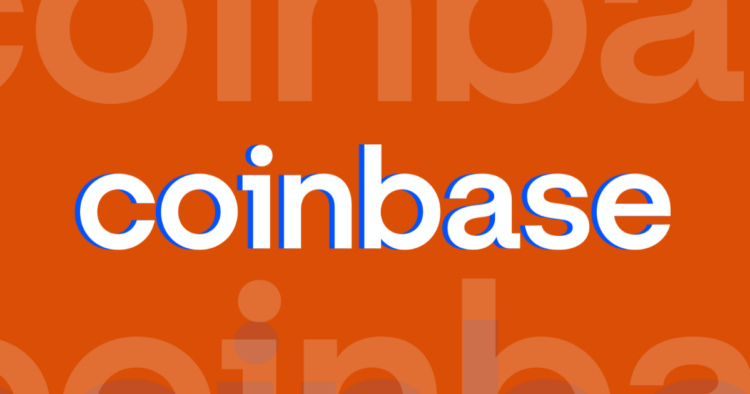In a significant move to align with European regulations, Coinbase has announced plans to delist Tether (USDT) and five other stablecoins in Europe by December 13. This decision comes as a response to compliance issues with the European Union’s Markets in Crypto-Assets (MiCA) framework. The exchange has confirmed that it will continue to support MiCA-compliant assets such as USD Coin (USDC) and EURC.
Details of the Announcement
In a recent communication to its users, Coinbase stated, “Due to the new European Markets in Crypto-Assets (MiCA) regulation, Coinbase will implement restrictions for stablecoin services that do not meet MiCA requirements.” This statement underscores Coinbase’s commitment to adhering to European regulatory standards and maintaining its operational integrity within the region.
Which Are The Stablecoins Affected?
Beyond USDT, retail customers on Coinbase Europe and Coinbase Germany will experience the delisting of several other stablecoins. These include Paxos Standard Price (PAX), PayPal USD (PYUSD), and Gemini Dollar (GUSD). Additionally, GYEN and Maker Protocol’s DAI will also be affected by this regulatory-driven decision.
Coinbase has emphasized that USD Coin (USDC) and EUR Coin (EURC) are compliant with MiCA guidelines and will continue to be supported. The platform strongly recommends that users sell or convert any non-compliant assets before the restriction date or transfer these tokens out of the exchange to ensure a seamless transition.
Understanding MiCA Compliance
The first phase of the MiCA framework, implemented in June 2024, introduced stricter guidelines for stablecoins. Full compliance with these regulations is expected by December 30. Coinbase has encouraged users to convert their restricted coins into approved ones. Furthermore, the exchange has committed to reassessing delisted assets once they meet compliance standards.
While MiCA regulators have not officially declared USDT noncompliant, Coinbase’s proactive measures indicate its dedication to aligning with evolving European regulatory standards.
Tether Expresses Criticism
Tether has voiced its concerns regarding the rushed implementation of these regulations and has reaffirmed its dedication to creating MiCA-compliant solutions for the European market. This regulatory shift marks a pivotal moment for European crypto markets as exchanges like Coinbase adapt to stricter rules.
The Broader Impact on the Market
The developments have also caught the attention of significant players in the stablecoin space. Notably, Circle, the issuer of USDC, secured a MiCA-valid license this summer, which has drawn attention from exchanges seeking a major stablecoin that fits EU market requirements. In a strategic move earlier this week, Binance partnered with US-based stablecoin issuer Circle to expedite the adoption of the USDC stablecoin in the region.
In contrast, a September report by Consumers’ Research criticized Tether’s USDT for its lack of transparency regarding dollar reserves, cautioning that this could pose risks for consumers. Although Tether has defended its position with attestations and security measures, it has yet to provide a comprehensive audit from a reputable firm.
Looking Ahead
As the December 13 deadline approaches, it will be crucial for users and stakeholders in the crypto space to stay informed and take necessary actions to ensure compliance. This period of transition offers an opportunity for enhanced transparency and security within the European crypto market, promising a more robust and regulated environment for all participants.










